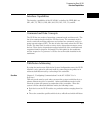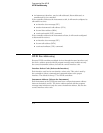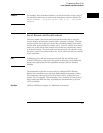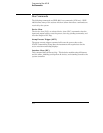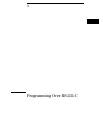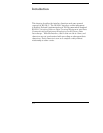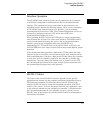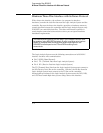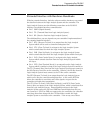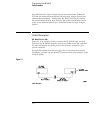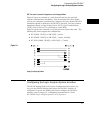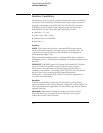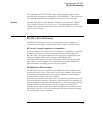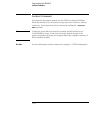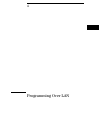
Minimum Three-Wire Interface with Software Protocol
With a three-wire interface, the software (as compared to interface
hardware) controls the data flow between the Logic Analysis System and the
controller. Because the three-wire interface provides no hardware means to
control data flow between the controller and the Logic Analysis System, only
XON/OFF can control this data flow. The three-wire interface provides a
much simpler connection between devices since you can ignore hardware
handshake requirements.
The communications software you are using in your computer/controller must
be capable of using XON/XOFF exclusively in order to use three-wire interface
cables. For example, some communications software packages can use
XON/XOFF but also depend on the CTS and DSR lines being true to
communicate.
The Logic Analysis System uses the following connections on its RS-232-C
interface for three-wire communication:
•
Pin 5 SGND (Signal Ground)
•
Pin 3 TD (Transmit Data from Logic Analysis System)
•
Pin 2 RD (Receive Data into Logic Analysis System)
The TD (Transmit Data) line from the Logic Analysis System must connect to
the RD (Receive Data) line on the controller. Likewise, the RD line from the
Logic Analysis System must connect to the TD line on the controller.
Internal pull-up resistors in the Logic Analysis System assure the DCD, DSR,
and CTS lines remain high when you are using a three-wire interface.
Programming Over RS-232-C
Minimum Three-Wire Interface with Software Protocol
3–4




